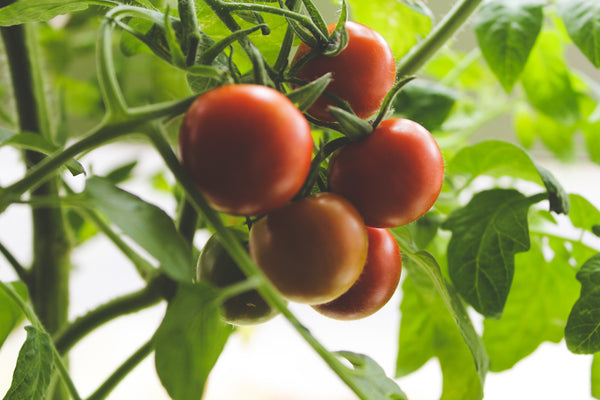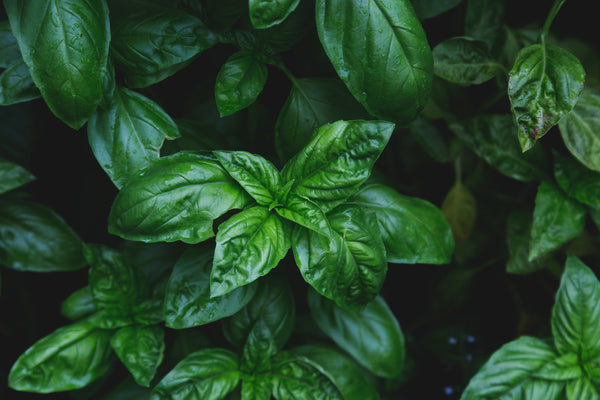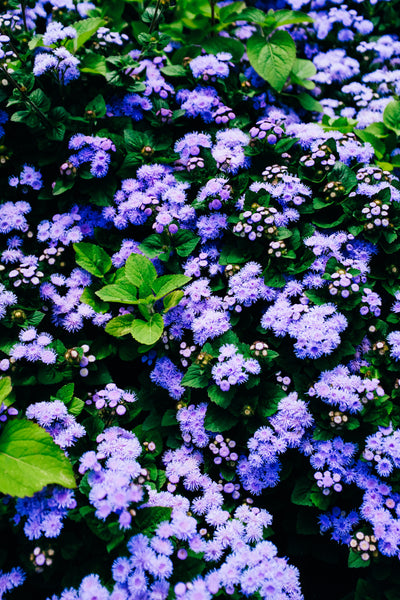Okra is a fast growing, warmth loving, very attractive flowering plant. The pods emerge from each pollinated flower, and will produce viable seeds if left to mature. Learn when to plant okra seeds in our How to Grow Okra instructions. It’s a fun summer crop, and adds variety to your organic vegetable garden.
Latin
Ablemoschus esculentus
Family: Malvaceae
Difficulty
Easy
We Recommend: Try Clemson’s Spinelss Okra (OK101). Although many cultivars exist, this industry standard is productive in a variety of climates, and it’s thornless and easy to grow.
Season & Zone
Season: Warm season
Exposure: Full sun
Zone: 3 and up
Timing
Direct sow starting in late June, once the soil has really warmed up. Okra seeds can also be started in peat pots or soil blocks, and will benefit from the extra heat of a greenhouse or cold frame. Optimal soil temperature: 24-32°C (75-90°F). Damping off and seed decay are more likely in soil below 21°C (70°F).
Starting
Buy new seeds each year, and speed up the typically slow germination process by soaking seeds overnight in tepid water. Sow seeds 1cm (½”) deep. Thin to 30-45cm (12-18″) apart in rows 60-90cm (24-36″) apart.
Growing
Ideal pH: 6.0-7.0. Use light, loamy, well-drained soil with ample organic matter dug in, and choose a sunny, warm spot. Raised beds work well. Once hot weather arrives, okra plants grow with surprising vigour. Keep them growing steadily with even irrigation and regular applications of balanced organic fertilizer to the surface of the soil around plants.
Harvest
Harvest pods while they are just 6-8cm (2½-3″) long. Pods become tough at larger sizes. Harvest as long as plants produce, and freeze unused pods either whole or cut.
Seed Info
In optimum conditions at least 65% of seeds will germinate. Usual seed life: 2 years. Per 100’ row: 400-600 seeds, per acre: 96M -120M seeds.
Diseases & Pests
Watch for slug/snail damage to young seedlings. Keep the area free from debris where these pests like to nest.



